30+ Sample Business Expense
-
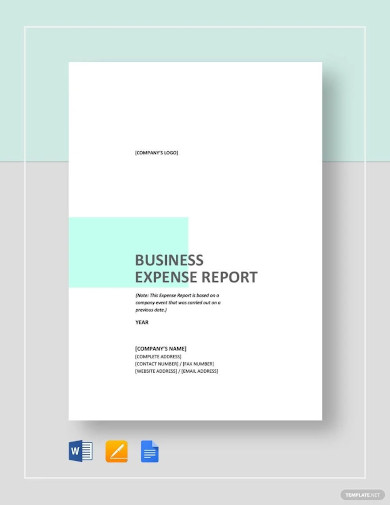
Free Business Expense Report
download now -
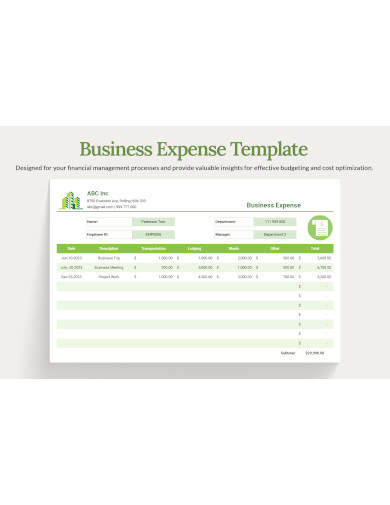
Business Expense Sheet
download now -
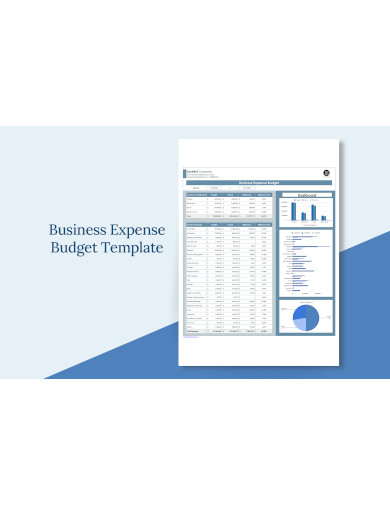
Business Expense Budget
download now -

Business Expense Voucher
download now -
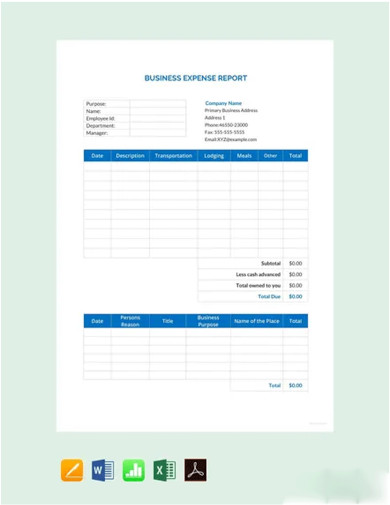
Editable Business Expense Report
download now -
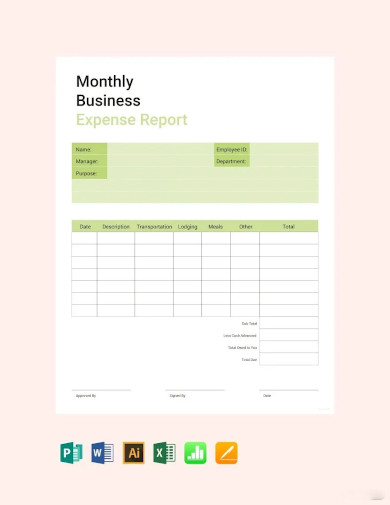
Free Monthly Business Expense Report
download now -
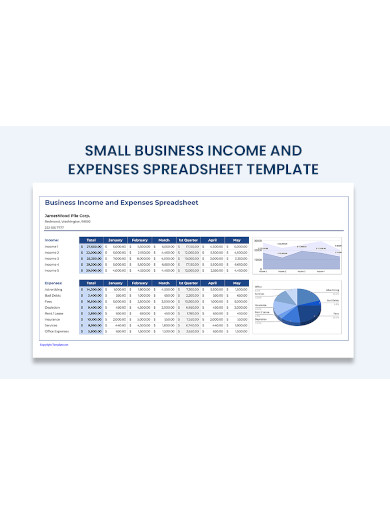
Small Business Income and Expenses Spreadsheet
download now -
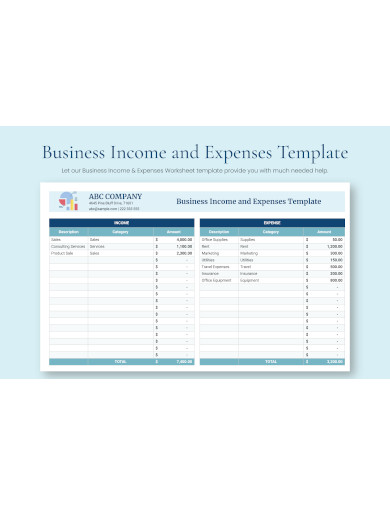
Business Income & Expenses Worksheet
download now -
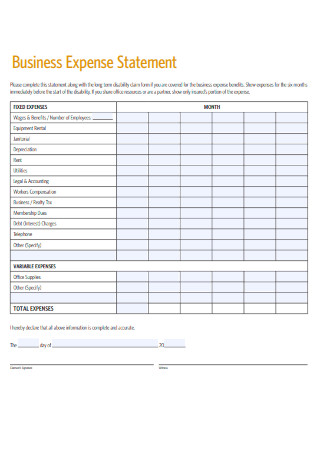
Business Expense Statement
download now -
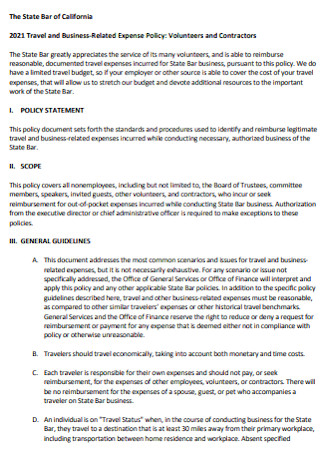
Travel and Business Expenses Budget
download now -
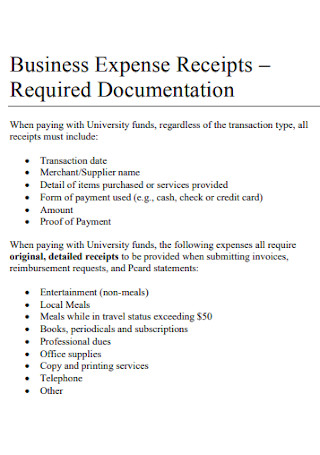
Business Expense Receipts
download now -

Business Expense Reimbursement Form
download now -
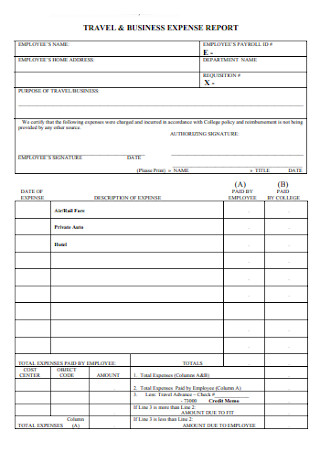
Travel and Business Expense Report
download now -
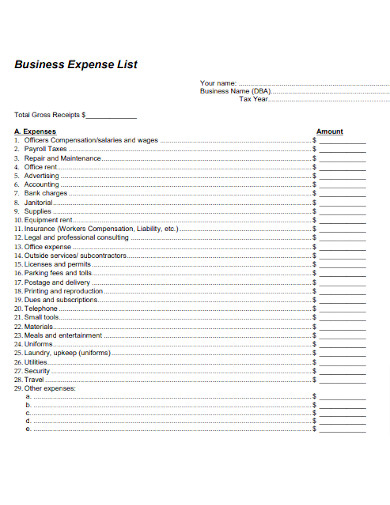
Business Expense List
download now -

Business Expense Categories
download now -
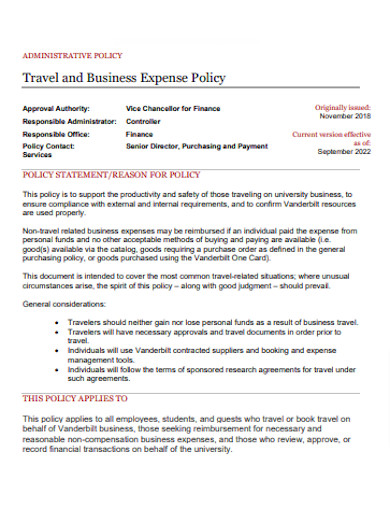
Travel and Business Expense Policy
download now -
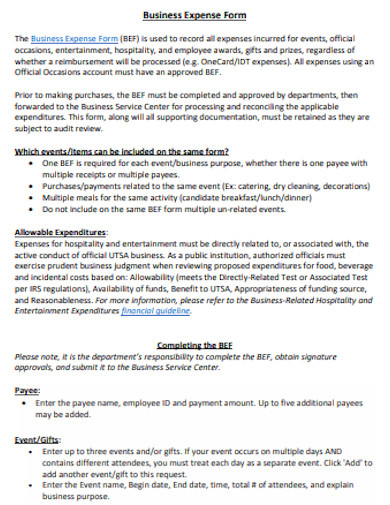
Business Expense Form
download now -

Business Expense Policy
download now -
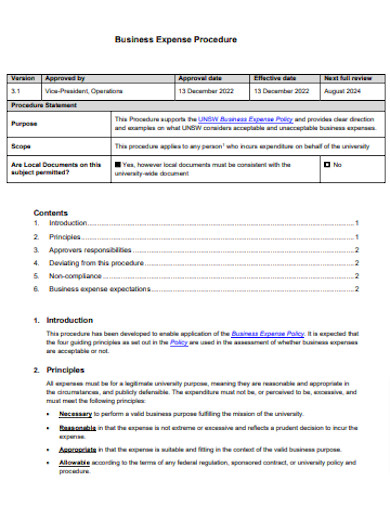
Business Expense Procedure
download now -

Business Expense Tax Implications
download now -
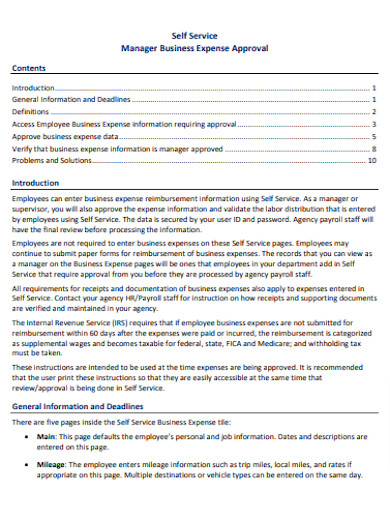
Business Expense Approval
download now -
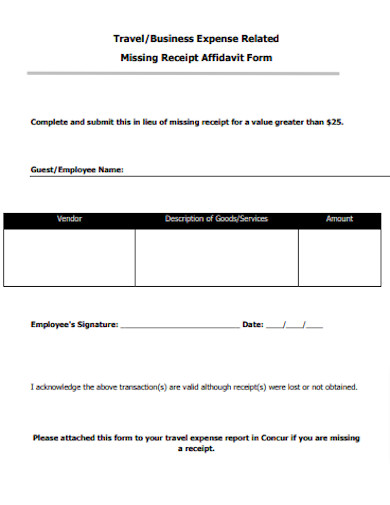
Business Expense Outline
download now -

Business Expense Layout
download now -
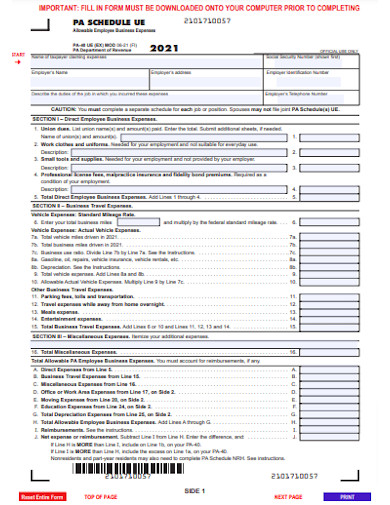
Simple Business Expense
download now -
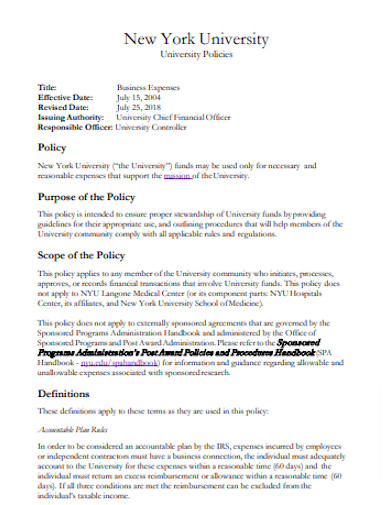
Sample Business Expense
download now -
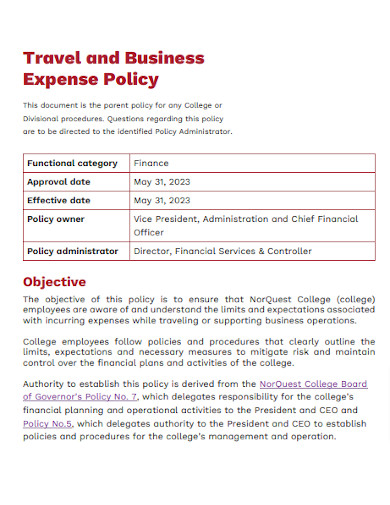
Basic Business Expense
download now -
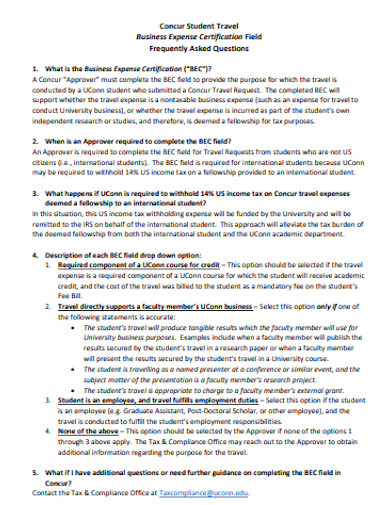
Business Expense Certification Field
download now -
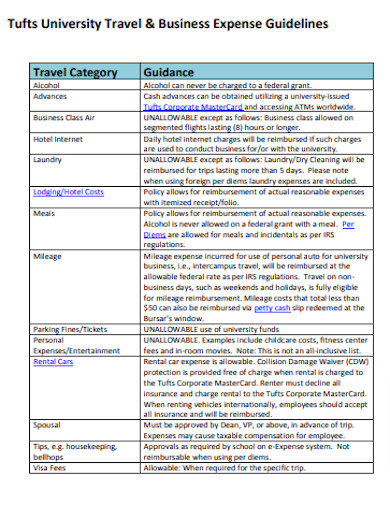
Business Expense Guidelines
download now -
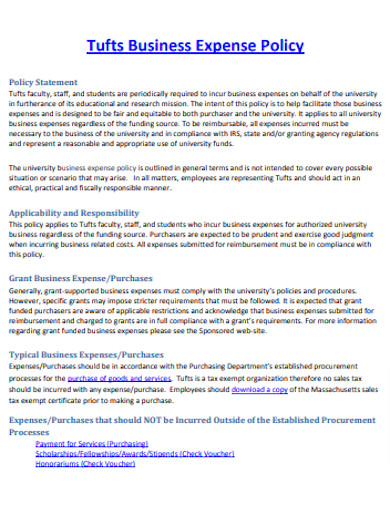
Printable Business Expense
download now -
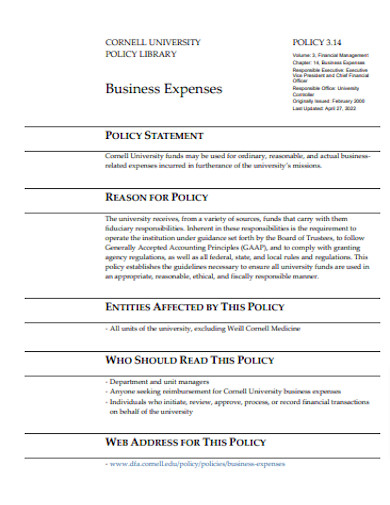
Standard Business Expense
download now -
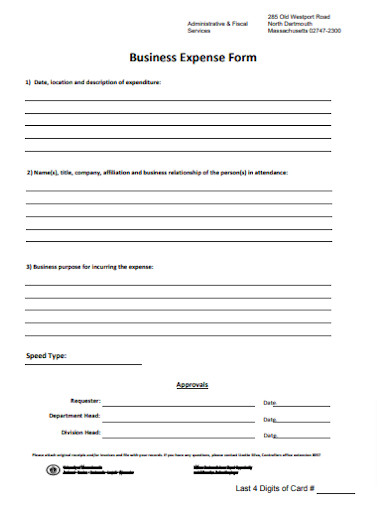
Business Expense Format
download now
FREE Business Expense s to Download
30+ Sample Business Expense
What Are Business Expenses?
Benefits of Business Expenses Worksheet
Tips to Organize Small Business Expenses
How to Prepare a Business Expense Worksheet
FAQs
What is a monthly business expense?
What are essential expenses in business?
What are office expenses?
What Are Business Expenses?
Business expenses are expenses associated with the generation of revenue. Expenses are the money spent while conducting business. They are frequently paid periodically, such as with wages or monthly utility expenses. Although expenses and expenditures are commonly used interchangeably, expenses are recorded for the profit and loss statement and can have tax implications. Costs are a broad category encompassing all payments, regardless of their relationship to generating income. In accrual-based accounting, expenses, and sources of income are matched on the income statement. Therefore, wages are recorded alongside the profits from the employee’s working day. This also implies that expenses are recorded when they occur rather than when paid. For instance, employee wages are recorded when the hours are worked, not when paychecks are issued, distributed, or cleared in the employee’s bank account.
Benefits of Business Expenses Worksheet
Individuals or organizations that use a worksheet to monitor and manage their business expenses can enjoy several advantages. It allows you to maintain financial control of your business, make informed decisions, and achieve long-term financial success. Some of the principal benefits include:
Tips to Organize Small Business Expenses
When planning or launching a modest business, several responsibilities must be considered. One of these responsibilities is keeping track of and organizing business expenses. By adequately organizing business expenses, you can determine the profit and loss of your company. As a result, as a small business proprietor, it is essential to manage your company’s finances and ensure proper expense recording, tracking, and, most importantly, analysis of excessive expenses. Moving forward, let’s examine how to organize and control business expenses.
1. Open a Business Bank Account
To coordinate your business expenses, you’ll need a bank account to facilitate the necessary transactions. Documenting expenses using a personal bank account is possible, but doing so complicates record-keeping and increases the likelihood that costs will slip through the cracks. You should conduct all business-related transactions through your bank account to maintain order. Never use your business account for personal expenditures, and never use your account for business. When spending money on your business, avoid using currency. Cash transactions are more difficult to monitor and reconcile with receipts and statements than debit or credit transactions.
2. Reserve Your Startup Business Expenses
You will need substantial funds to launch and establish your new modest business. And to organize such costs, you will need to maintain expenditure control. The most excellent suggestion is to categorize them by type. In general, fledgling business costs fall into recurring and one-time expenses.
3. Use a Spreadsheet
Using a spreadsheet is a low-tech method for organizing and keeping track of business expenses, notably if you have just launched a new business. As your business expands, you must employ a technologically advanced tracking method, such as accounting software. If you construct a spreadsheet from scratch, you must manually record each business expense you incur daily. You must also classify and organize your payments according to the requirements of your business. And both Excel and Google Sheets are simple to import into various accounting software.
4. Scan Your Physical Copies
Dealing with a great deal of paper is a tiresome endeavor. The digitization of documents enables their accessibility from any location. Aside from that, it frees up office space and makes retrieving any document as simple as a few clicks. You must also store only some of your digital backups on your primary computer, as this increases the likelihood of file loss. Keeping your assets in the cloud is a preferable alternative.
5. Adopt the Practice of Using Accounting Software
Using a spreadsheet to manage early-stage business finances is a viable option. But as your business grows, manually entering transactions becomes increasingly tricky. Accounting software records and classifies financial transactions with ease manages bill payments, dispatches customer invoices, manages payroll statements, and generates standard business reports. Using a dependable accounting solution alleviates the tension of managing invoices, bills, and recurring payments while delivering an overview of the financial health of your business.
6. Connect Your Bank Account to Your Accounting Software
Generally speaking, it is possible to integrate your business bank account with your accounting software, though this is wholly dependent on the accounting software you choose. Sometimes, you may need to manually import credit card and bank statements as CSV (Excel) files into the system after downloading them. Numerous accounting programs provide a connectivity plug-in as a digital bridge between the bank account and accounting software. This enables you to receive daily bank transactions in real-time and to retrieve bank statements while on the go. In addition, some accounting software offers direct integration with the bank, allowing business proprietors to manage and complete all banking transactions without having to log in to the bank account portal.
7. Secure Your Business
More than knowing how to organize a business alone is required. You must also understand how to secure your business. Any business proprietor must place utmost importance on business security. It may involve obtaining business insurance that effortlessly separates your business’s identity and finances from your own. Your personal property and assets will not be held accountable if you face legal issues. It is preferable to add to your calendar any certifications or licenses that must be renewed to maintain compliance. Protecting your company is the most effective method for avoiding financial problems.
How to Prepare a Business Expense Worksheet
Businesses use financial reports to evaluate their performance and calculate their tax payables. Preparing a spreadsheet is also essential for individuals who wish to launch a company, as it provides a better comprehension of startup costs. A detailed budget gives users a greater understanding of the capital required to establish the business. Here are the measures to take if you want to create a company expense worksheet:
1. Choose Between a Traditional Spreadsheet and Software
You can use financial applications and accounting software to monitor business expenses. Excel is a popular spreadsheet program that enables users to create customized expense-tracking spreadsheets. There are also several Excel templates available for download. With an Office 365 subscription, users can synchronize their spreadsheets in real-time, enabling seamless collaboration with other team members. Another option is to utilize an accounting program with expense reporting capabilities. Quickbooks is a well-known example that provides outstanding expense management. This enables businesses to link their bank account, allowing for more precise and granular monitoring. They can also monitor expenses from receipts, ensuring that no fee is overlooked. Businesses can compile all tickets and assess fiscal performance at the end of the quarter or reporting period.
2. Modify the Spreadsheet
You can modify the columns and expense categories based on the business’s industry and expense categories. While most templates include standard columns, you can add more if necessary. For digital agency proprietors, web hosting and software expenses are suitable. You can edit the columns, add new categories and tags, and create new ones. You can always add new categories and modify the spreadsheet as your business expands. It is also essential to separate columns for readability. At the bottom of the spreadsheet, you can examine the total expenses for the reporting period by aggregating all costs.
3. Detail Every Expense
It is essential to itemize each expense when producing the expense spreadsheet. This requires listing each payment on a distinct line and providing detailed explanations. You can create a separate column for notes and include information regarding the rationale for the expense. This is necessary when working with clients, as it enables businesses to predict total project expenses and provide clients with an approximate estimate. It is also essential to add expenses in chronological order so that users can add the most recent expense at the top or bottom of the list, depending on their preference. Always leave space when itemizing expenses for tax calculations.
4. Attach Receipts
Attaching receipts to every expense is an excellent method to improve accountability. You may also share expense reports and templates for reimbursement with your coworkers. It is essential to request expense receipts from employees to verify their financial claims. Most spreadsheets permit users to link to specific cells, enabling them to add images for each expense. This increases the openness of the reporting process. For submissions made electronically, users can scan each receipt. These simple internal controls can prevent fraud and ensure that only verified expenses are reimbursed. Ensure that tickets are legible and the quantities are accurate.
5. Regularly Examine the Expense Worksheet
Regularly auditing the expense spreadsheet is always prudent. You can specify specific auditing periods, such as a month. After the end of the month, you can examine your expense spreadsheet to identify and correct any anomalies or errors. This can reduce reporting errors and prevent accounting statement misrepresentations.
FAQs
What is a monthly business expense?
Business expenses are the ongoing costs associated with running a company. Your overall profit is calculated by subtracting business expenses from your total revenue. Payroll and employee benefits are examples of typical operating costs.
What are essential expenses in business?
Certain expenses, such as accommodation, taxes, health insurance for individuals, payroll, warehousing, and transportation for businesses, must be paid to maintain operations. These are considered essential expenses because the wage recipient must pay them regularly or face dire consequences.
What are office expenses?
Office expenses are expenditures associated with running your business. These include website services, software, domain names, merchant fees, desktop computers, office phone systems, employee mobile phones, etc.
Initially, monitoring expenses may seem tedious. However, if you take the precautions outlined here, they are less likely to cause you problems. To expand your business, you must closely monitor your cash flow statements and understand your operating expenses. And one method to manage the overall costs and finances of your company is to adopt invoicing and accounting software that lets you track multiple business components from a single platform.
